Table of Contents
 If you’re the type to notice the latest trends in café service or if you follow the specialty coffee media mavens, it’s probably not news to you that the siphon coffee brewer is making a huge comeback. Siphon coffee makers are a bit of an anachronism – a throwback to a past where they were cutting edge coffee technology making a comeback as cutting edge coffee technology.
If you’re the type to notice the latest trends in café service or if you follow the specialty coffee media mavens, it’s probably not news to you that the siphon coffee brewer is making a huge comeback. Siphon coffee makers are a bit of an anachronism – a throwback to a past where they were cutting edge coffee technology making a comeback as cutting edge coffee technology.
There are a lot of reasons to love vacuum brewers, not the least of which is that they make awesome coffee. They also look cool, make a great tabletop exhibition and, for all you women’s history buffs out there, women played an integral role in their development and adoption.
The Early History of the Siphon Coffee Brewer
The earliest known patent for a siphon coffee brewer was filed by Loeff of Berlin in the 1830s, but it was a French woman, Marie Fanny Amelne Massot of Lyons, France – better known as Mme. Vassieux, the name she used on her patent applications – who designed and patented the first commercially successful vacuum brewer in 1840. Mme. Vassieux’ coffee brewer featured two glass “balloons” held by a frame. It was an ornate delight for the eyes, capped with a metal crown and featuring a spigot for serving from the bottom vessel.
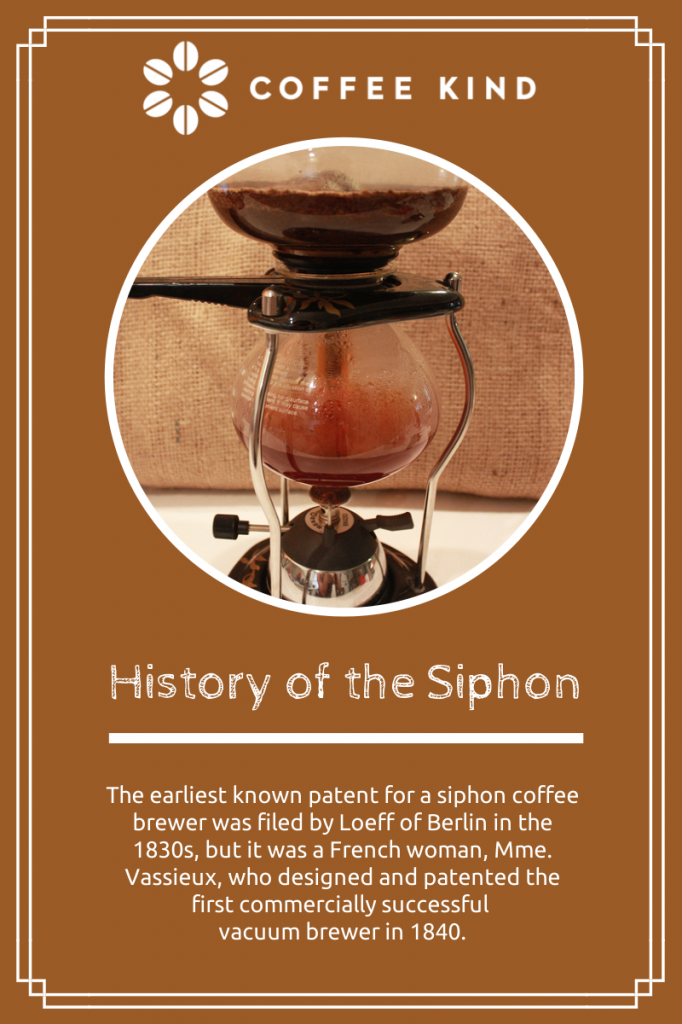 The design makes it clear that the coffee maker was meant for display in a dining room or drawing room, not for making coffee in the kitchen. And for those who love little tidbits of history, there’s also a strong possibility that Mme. Vassieux was a courtesan who held court in one of the salons beloved by the French nobility and men of wealth. She had the leisure to develop her design, and the connections to have it manufactured in fairly large numbers – large enough that some of them are still in existence.
The design makes it clear that the coffee maker was meant for display in a dining room or drawing room, not for making coffee in the kitchen. And for those who love little tidbits of history, there’s also a strong possibility that Mme. Vassieux was a courtesan who held court in one of the salons beloved by the French nobility and men of wealth. She had the leisure to develop her design, and the connections to have it manufactured in fairly large numbers – large enough that some of them are still in existence.
At about the same time as Mme. Vassieux patented her siphon brewer, a Scottish inventor was also creating a version of the vacuum pot. Unlike the good madam, Napier never patented his brewer, but it was quite popular for some years, and was presented an award by The Institution of Mechanical Engineers in 1856 for “exhibiting the Napier Coffee Pot and for his gratuitous entertainment of their guests with coffee” at the first meeting of the institution in Glasgow. The Naperian differed significantly from the double balloon brewer, but it operated on the same principle, which is explained in the instructions which accompanied the brewer:
The theory of the process, like many other clever things, seems very simple when explained. The air which fills the glass globe must be expelled in order to make room for the liquid coffee. This result is obtained by the lamp forcing the heated air through the metal tube, the expulsion of air being actually visible in the bubbles rising in the jar; when these cease to rise, we conclude that the air has been almost entirely expelled from the globe. Now, extinguish the lamp, whereupon the steam which the globe contains becomes condensed by the colder air surrounding it. The vacuum being now completely formed, the liquid coffee immediately ascends to fill the space formerly occupied by the air and steam.
Like the French double balloon vacuum pot, however, the Naperian was also meant for display, as is made clear by the broadsheet that advertised the brewer which “may also be had elegantly fitted up with silver frames and globes if desired.”
The Siphon Brewer Comes to America
These early brewers made their way to the new world via import, but it wasn’t until the early years of the 20th century that there’s record of vacuum brewers being manufactured in North America. In 1910, Mrs. Ann Bridges and Mrs. Sutton, a pair of sisters from Salem, Massachusetts, filed a patent for a device they called the “Silex,” a vacuum brewer made of Pyrex glass being manufactured by the Corning Glass Works of New York. Mrs. Bridges and Mrs. Sutton most pr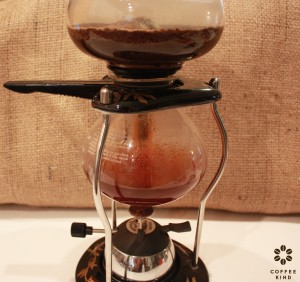 obably did not develop the Silex brewer themselves, but they did acquire the patent, arrange for their production and set about marketing them to inns, coffee houses and other commercial establishments.
obably did not develop the Silex brewer themselves, but they did acquire the patent, arrange for their production and set about marketing them to inns, coffee houses and other commercial establishments.
The design of the Silex was much less elaborate than the earlier versions of the vacuum pot – and it’s a design that has continued nearly unchanged since it was introduced in the early 1900s. If you put a vintage Silex vacuum brewer side by side with a Hario Next Siphon Brewer, they look like first cousins. Over the next decades, a number of patents were filed for Silex coffee brewers, many of them by the Silex Company of Hartford, Connecticut and many of them bearing the names of women as the inventor of record. Among the biggest changes were those that made the Silex more amenable for use in the home kitchen: a wider, flat bottom on the pot so that the apparatus could rest on a burner, and a narrower upper globe for better balance.
Speaking of Balance…
No discussion of the history of vacuum brewers would be complete without mention of balance brewers, a variation of the vacuum pot that places the two coffee vessels side by side instead of one atop the other. Unlike standard vacuum brewers, which rely upon you to extinguish the heat source at the correct time, the balance brewer is designed to automatically extinguish the flame on the burner when the water chamber is empty. It does this via a rather elegant combination of balance and a spring-loaded lid.
Balance siphons were highly popular at European court functions during the mid-1800s, and then faded out of favor as people opted for convenience over showiness. But as in all things coffee, the renaissance of interest in vacuum pots also renewed interest in the balance siphon. At least one company is now manufacturing and selling a variety of modern-day balance siphons.
Today’s Siphon Brewers
The market for siphon brewers today is largely dominated by two Japanese glass companies, Hario and Yama, who each sell a variety of vacuum pots and siphon brewing systems for both tabletop and stovetop brewing. The consensus on siphon coffee is that it is showy, elegant and uncommonly good, thanks to the mechanism that uses physics to determine when the coffee is properly brewed.



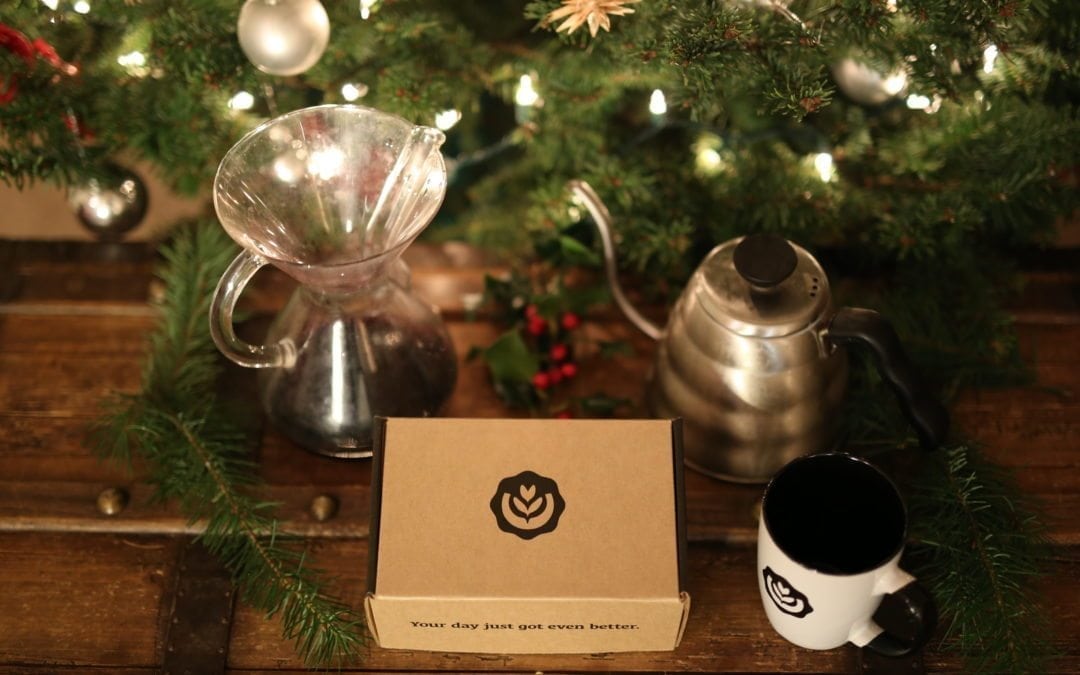

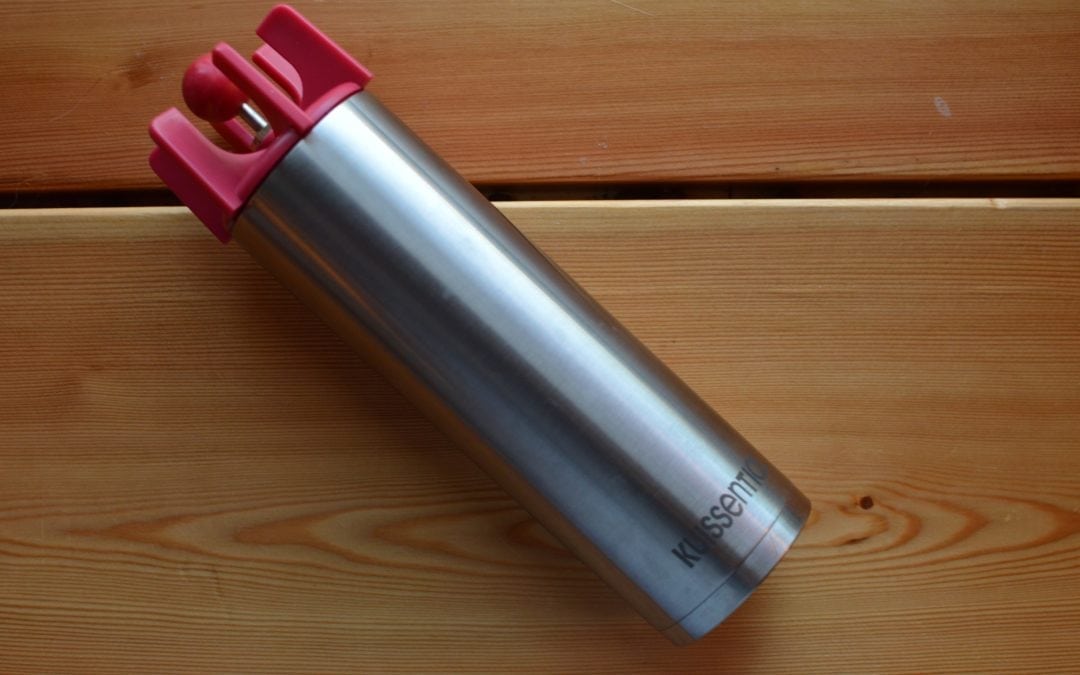
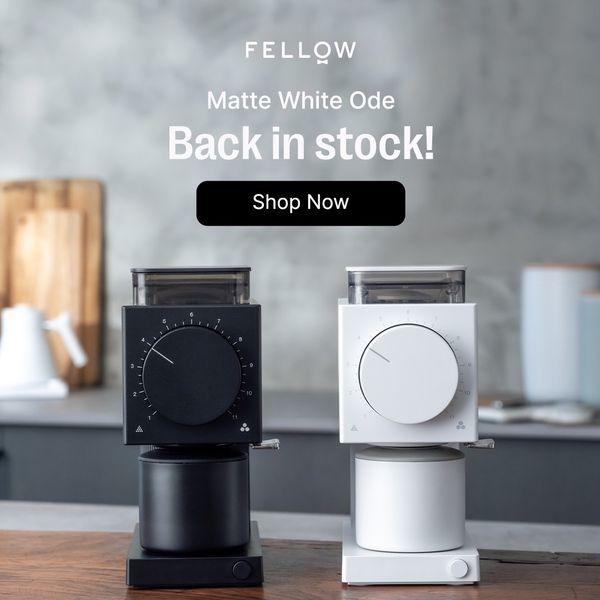

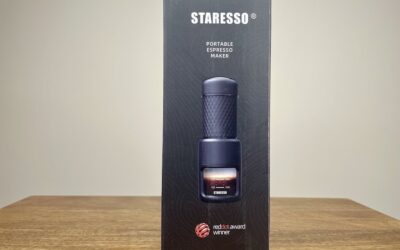



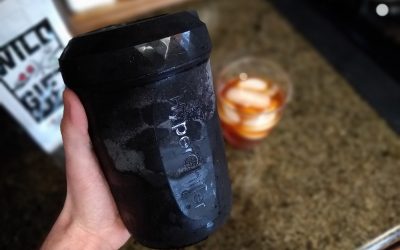
I am a re-enactor (1888 thru 1945) – can anyone direct me to some primary evidence that these coffee siphons were used as early as 1850? – I love this idea, but a blurb on a .com generally isn’t accepted as evidence. Old photos would be awesome! Many thanks for any help!!
Gladly.
http://www.gutenberg.org/files/28500/28500-h/28500-h.htm#Chapter_XXXVI
“All About Coffee”, by William H. Ukers, M.A. (1922)
“In 1842, the first French patent on a glass coffee-making device was
granted to Madame Vassieux of Lyons.”
Of course, she wasn’t the first to begin working with vacuum methods. (I can’t believe this sat unanswered for three months.)
Thanks Johnnie Jones! Whole book is an interesting read. Thanks for finding it for me.!!
Enjoy your coffee 🙂